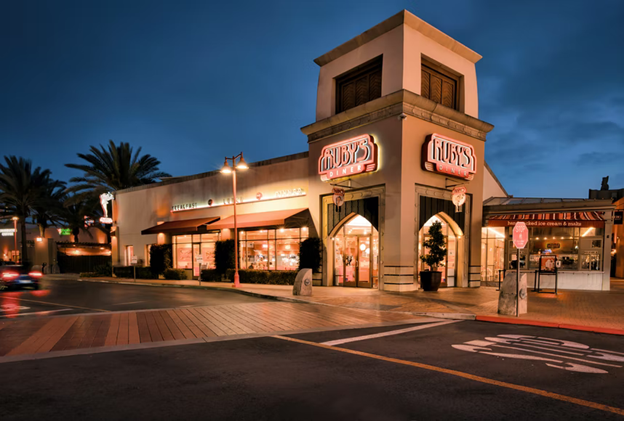Commercial Property Valuation

Gross Rent Multiplier (GRM)
This calculation starts with the commercial property’s price and dividing it by gross income. The resulting number is a key performance indicator that should be identified during several commercial real estate processes and transactions. For example, if the sales price of a commercial property is $700,000 and it generated $100,000 in rent yearly, the GRM would be 7 and would help indicate whether the property's value is too high or too low to get a return on investment.
Rentable Square Foot Cost
Rentable square footage in a commercial building includes common areas (like stairwells and elevators) along with the square footage of the space tenants actually use (like offices). Investors who know a per-square-foot rent number and need to see a certain return on their commercial property investment can multiply that rent number by rentable square footage to get the total property valuation. Compared to the asking price of a property, this can give investors a clear idea of whether it’s a smart purchase for their portfolio.

Working With Commercial Property Experts
The market changes daily, and commercial real estate experts are keeping up with trends, which means you’ll end up with the valuation numbers you need to expand your portfolio. Our team provides complete and extensive market analysis to identify properties that can accommodate your specific needs.
Beyond that, our expertise in the St. Louis real estate market assures that each client receives the most comprehensive and well-targeted property options available. Our commercial property professionals compare rentable versus usable areas, floor sizes, mechanical systems, and other factors that play a part in accurate commercial property valuation. Our research includes site selection, location, demographic profiling, site feasibility, and valuation.
Contact us today to learn more!

